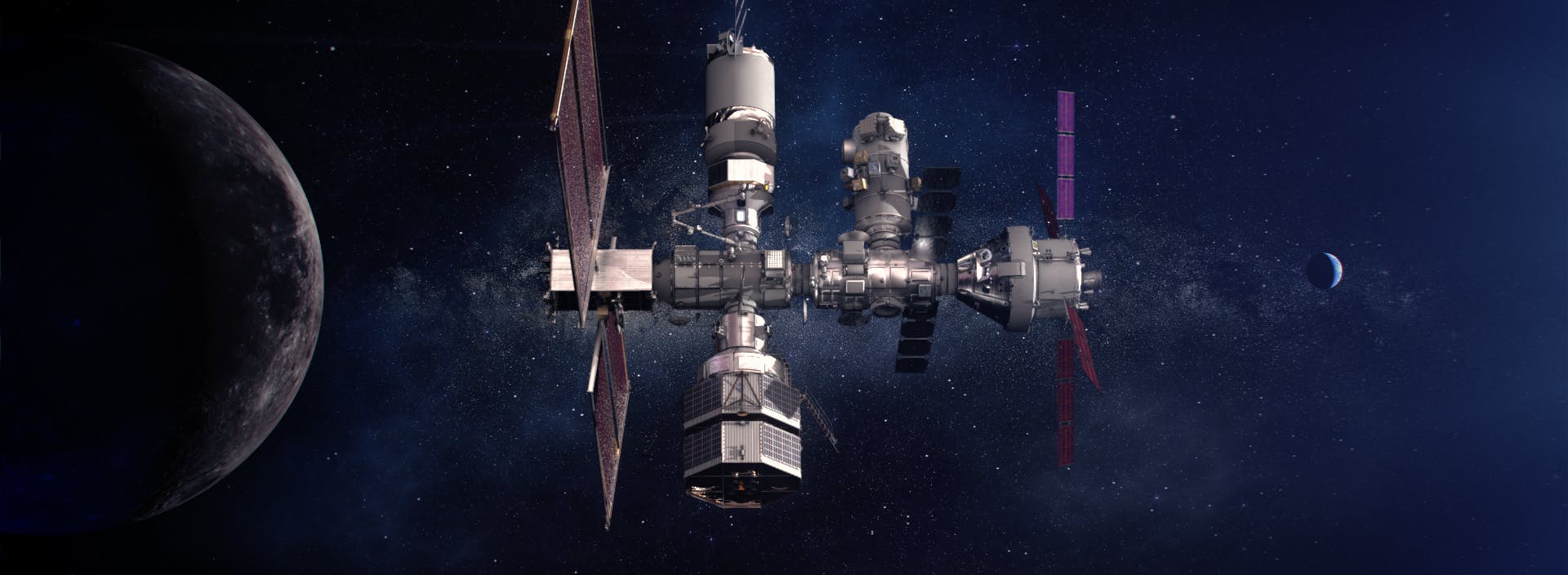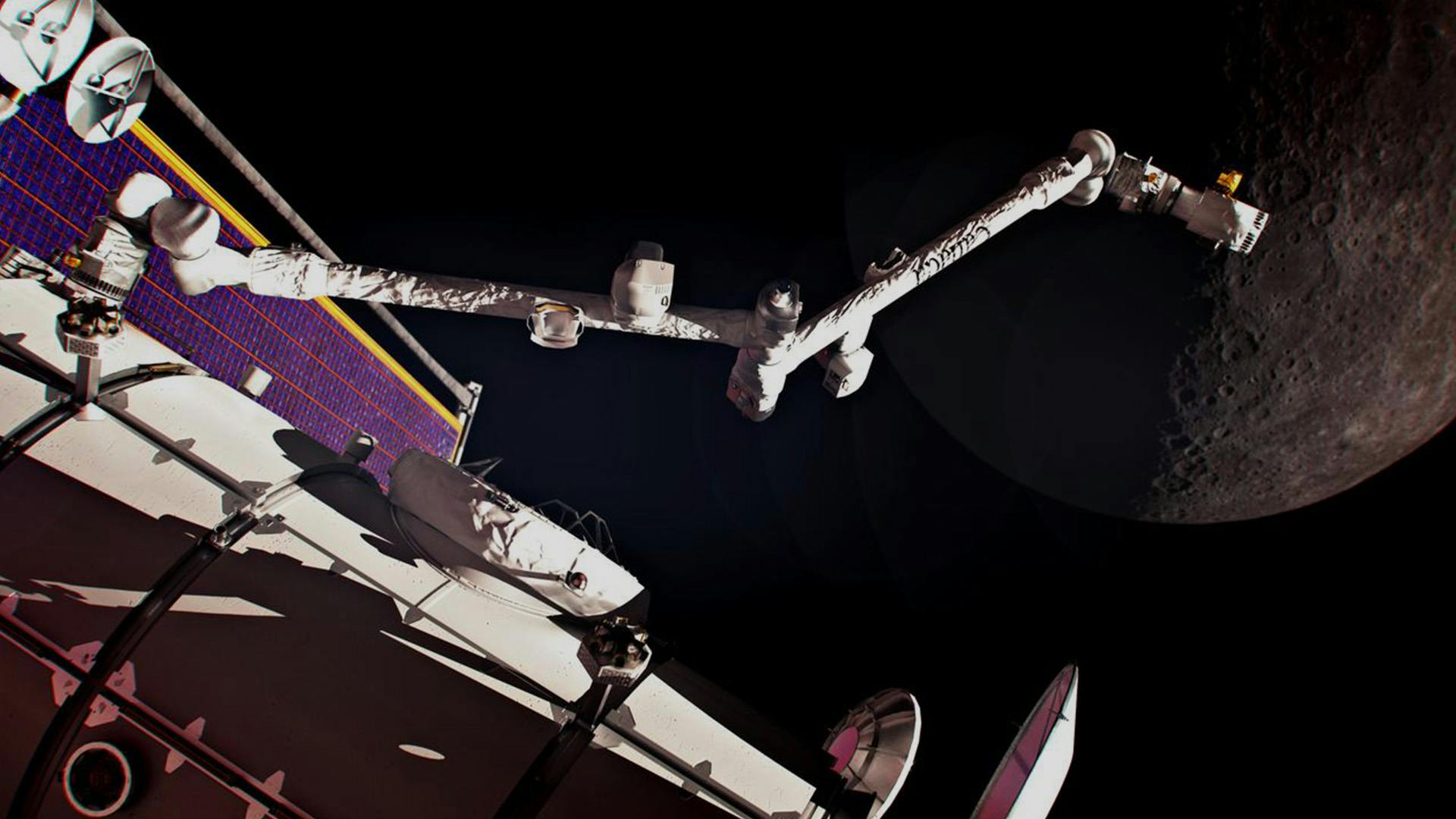
Highly autonomous systems with advanced AI robotics The Canadian Space Agency selected MDA Space to design and build the third generation of the Canadarm – Canadarm3 –as Canada’s contribution to NASA’s Gateway mission to establish the first space station orbiting the Moon. Gateway will support both human and robotics missions to the lunar surface, serve as a science laboratory and act as a proving ground for exploration missions into deeper space.

The Canadarm3 robotic arm system will be a highly innovative, goal-driven autonomous system capable of maintaining itself and making decisions with minimal human intervention. It will conduct vital tasks on Gateway, including maintenance, assembly, and supporting astronauts during spacewalks from a staggering distance of 400,000 kilometres from Earth.

Canadarm heritage: Unequalled record of achievement and first-of missions
Canadarm
Canadarm deployed into space in 1981, setting the global standard for space robotics. Built by MDA Space, it was the first robotic arm to venture into space, serving aboard every US Space Shuttle and participated in the five Hubble servicing missions.
Canadarm2
Canadarm2 represents a significant leap in space robotics technology and has been a fixture on the International Space Station (ISS) since 2001. Unlike its predecessor, Canadarm2 remains permanently in space, attached to the ISS, and plays a crucial role in servicing and maintaining the space station.
With seven degrees of freedom and the ability to rotate each joint 270 degrees, this robotic marvel offers greater flexibility than a human arm. Canadarm2 is controlled both from the ground and by astronauts aboard the ISS.
Dextre
A companion to Canadarm2, the Special Purpose Dexterous Manipulator – affectionately known as Dextre – is equipped with 15 degrees of freedom and a delicate sense of touch, and is considered the most sophisticated space robotic system in operation today. It has the strength to move heavy objects and the dexterity to perform movements even more complex than human hands.